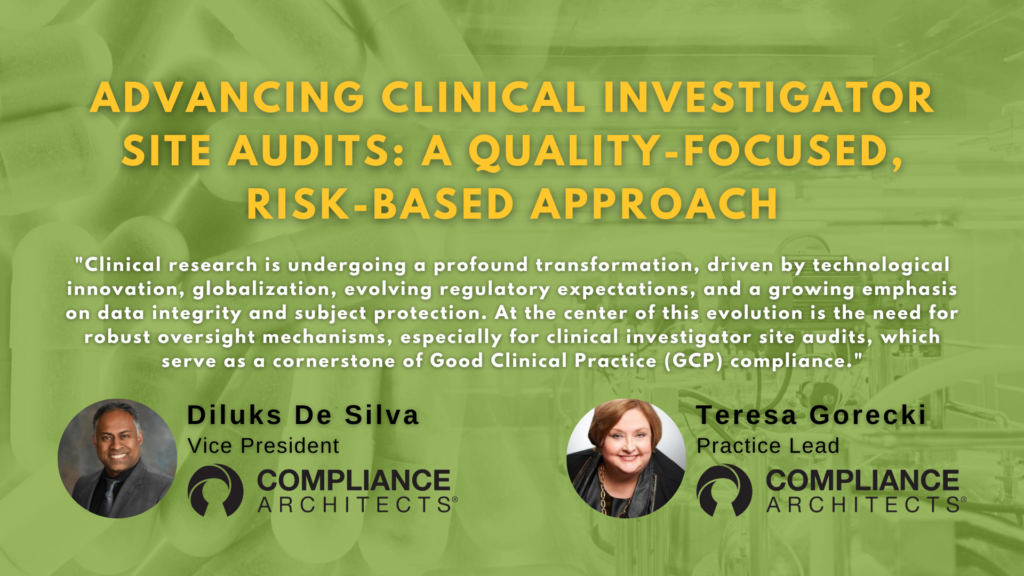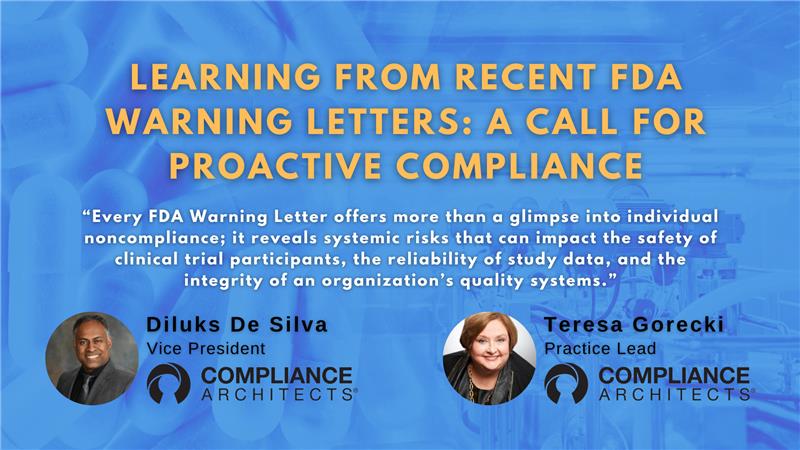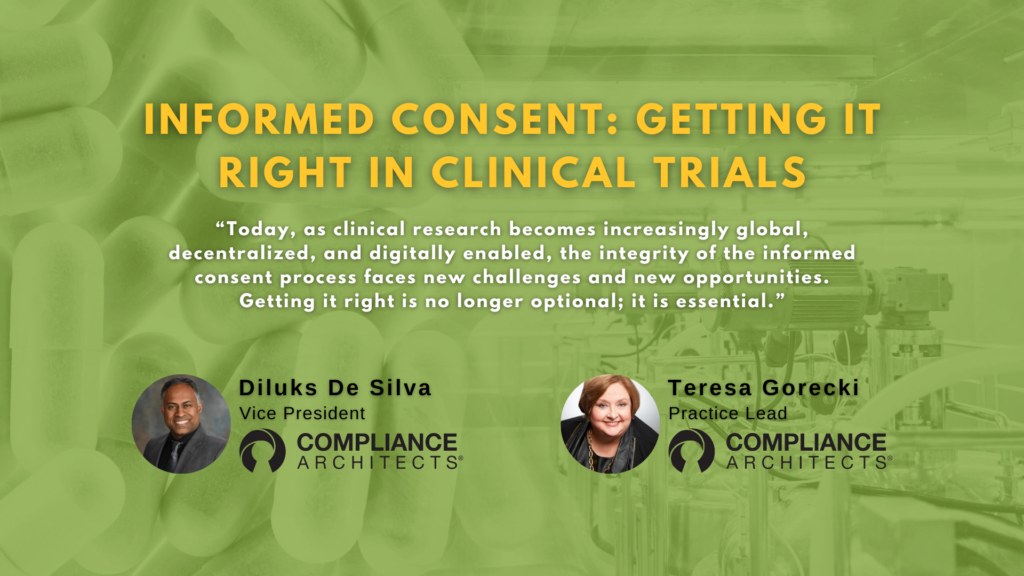The DNA of a life sciences business must believe that a substantial value for quality must be fully expressed in its DNA.
Quality Culture is essential in healthcare; it directly impacts patient outcomes and operational efficiency. This article will describe the importance of preserving quality culture after an acquisition.
Table of Contents
The Role of Mergers and Acquisitions in Growth

In the biologics, medical devices, and pharmaceutical sectors, mergers and acquisitions enhance the pipeline, elevate market share, expand patient reach, and improve healthcare professionals’ satisfaction.
Strategic Goals of Mergers and Acquisitions
The merger and acquisition activities aim to boost corporate performance and strategic position. Some transactions focus on acquiring technologies in development, while others involve acquiring well-established market entities.
Challenges in Integrating Corporate Cultures
These transactions are challenging and require significant effort to protect shareholder and stakeholder interests. A substantial and standard gap for the acquiring organization is understanding the acquired entity’s culture and effectively integrating its team members into the broader organization.
This is crucial to easing anxiety, preserving key success factors that the acquiree brings to the future business, and maintaining the underlying culture of quality. This key factor is often missing, resulting in less successful business transactions.
The Importance of Due Diligence in M&A

During the due diligence phase, it is essential to establish potential constructive collaboration, demonstrating that 1+1 equals four. The investment must deliver value to the acquiring organization’s top and bottom lines.
The due diligence process is complex and thorough, involving multifunctional teams to evaluate the acquiree’s overall operations. This evaluation assesses inherent value and identifies potential risks that may require mitigation.
Understanding the True Value of an Acquisition
One of the most valuable assets acquired is understanding what contributed to the company’s success. This includes tangible areas such as innovative technology, sales and marketing infrastructure, configuration of the end-to-end supply chain, market share/presence, and customer service.
During due diligence, understanding the values and culture, including the value of quality, should be assessed in addition to the tangible assets.
Examples of Post-Acquisition Challenges
Many organizations have faced challenges post-acquisition. There are many examples we have seen throughout our careers.
Regulatory Compliance Issues – Inadequate regulatory clearance resulted in immediate recalls. A major MedTech company invested billions of dollars to acquire an emerging platform. However, after completing the acquisition, the company’s regulatory team identified significant clinical deficiencies, resulting in the withdrawal of these products from the market.
Years later, after spending an additional half billion dollars on remediation, the company faced manufacturability issues with the design, leading to the project’s abandonment. This write-off of several billion dollars jeopardized the overall viability of the business.
Incomplete Technology Transfer – The acquired technology or platform was not fully understood, leading to significant service gaps.
Deficient Documentation – A start-up company in the cardiovascular space was acquired by a large MedTech company.
After the deal was finalized, the acquiring company realized that the Design History Files (DHF) were incomplete and deficient, undermining the next steps in innovation and the development of an end-to-end robust supply chain. After several years of integration work, the investment was written off, and the platform was abandoned.
Product Quality Failures—The product was not formulated to include a robust preservative system to prevent microbial contamination during production and consumer use. The acquiree initiated a Class I recall of every lot of the product that had ever been manufactured.
The Importance of Integration Strategy

Different systems without a clear integration strategy posed dilemmas, such as whether to maintain the acquired unit as a standalone entity or integrate it. A standalone model leads to incremental operational costs, countering financial success.
This is an area that the acquiring company can address with infrastructure that brings agility and efficiency to the acquired organization, moving efforts away from day-to-day activities to future-looking innovation and customer satisfaction activities.
The Role of a Unified Quality Management System
The resulting entity benefits from a unified Quality Management System, which ensures that all associates speak the same language.
Comprehensive plans must be in place to address merged activities from day one, using a multiphase approach. These challenges are not unique to the life sciences sector but are also seen in mergers of airlines and financial institutions.
Cultural Integration as a Critical Success Factor
Understanding and integrating into the organization’s culture is critical. Organizational culture, as defined by industry standards, plays a pivotal role in the success of acquisitions.
To effectively deliver on acquisition scenarios, the culture of the inbound organization must be preserved and valued. New organization members must feel appreciated, and the acquiring entity must understand the culture of the acquired entity to ensure successful integration.
The Role of Quality Culture in Business Performance
A key aspect is every team member’s adherence to the Culture of Quality, which enables optimal customer satisfaction and is vital to the organization’s brand equity.
Unfortunately, this aspect is often overlooked during the M&A process, leading to suboptimal business performance and customer satisfaction. Therefore, prioritizing and maintaining a robust quality culture post-acquisition is essential for achieving desired outcomes and ensuring long-term success.
Partner with Compliance Architects for Post-Acquisition Success
Allow Compliance Architects LLC to collaborate with your organization, ensuring that a Culture of Quality prevails and is strengthened following the acquisition’s diligent integration.
This will secure future success and favorable returns on your investment. If you have questions or need help preserving quality culture after an acquisition, we are happy to help.





